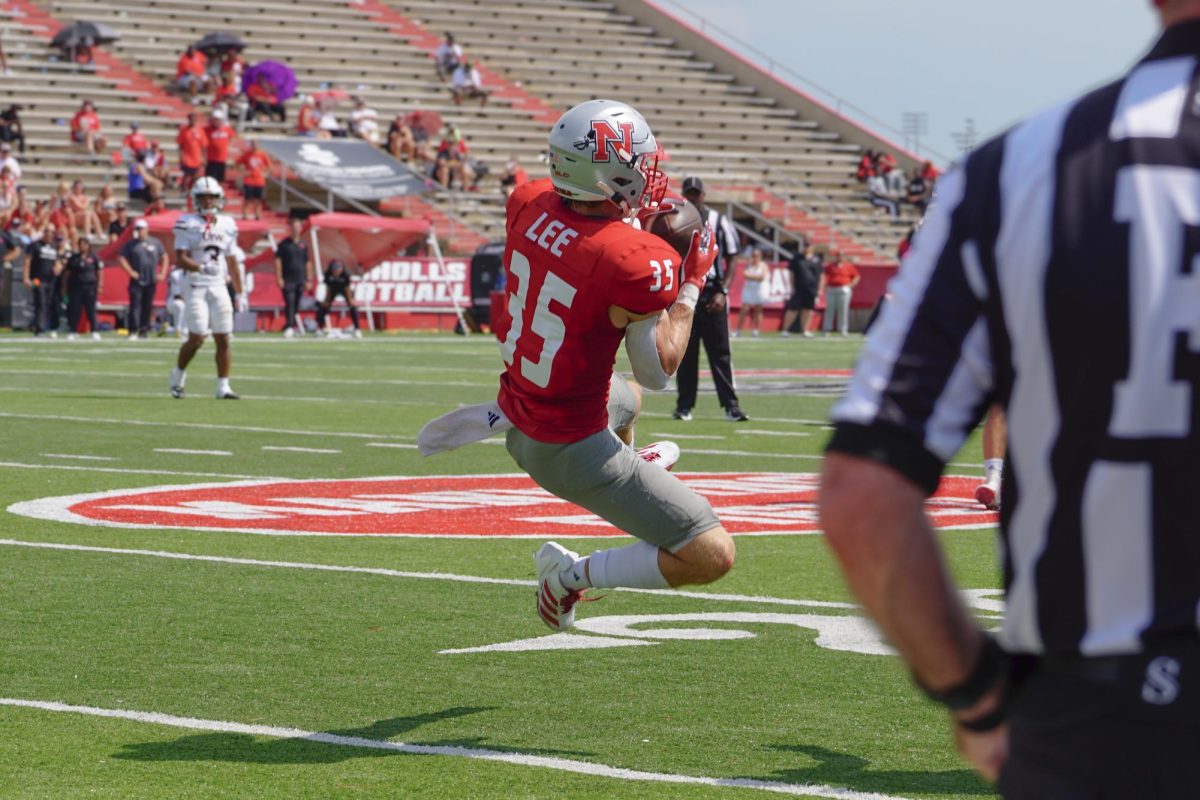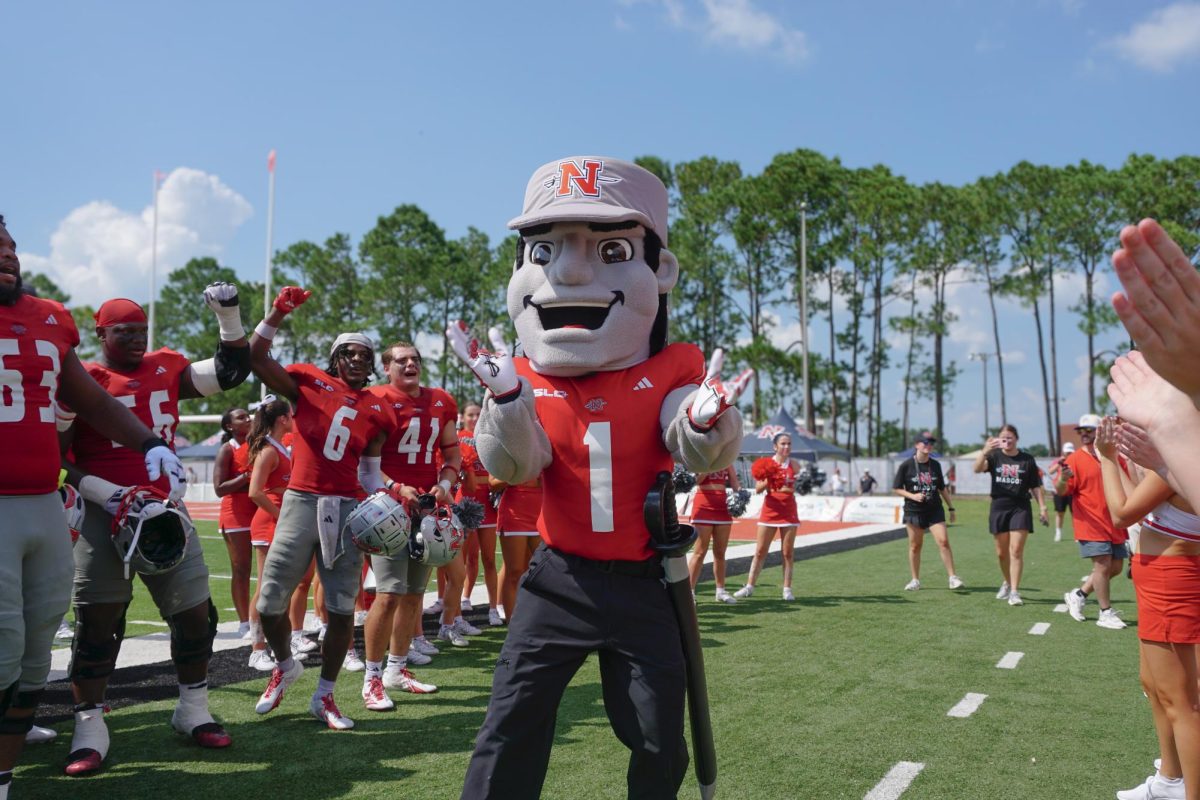Some call it a “decade of destruction.” For over ten years, a grim, enigmatic seven-footer has cut a swath through the ranks of the World Wrestling Federation, taking championships and, supposedly, souls. As a Halloween treat, here is a look at the spookiest wrestler ever to grace the squared circle. The wrestler formerly known as “Mean” Mark Callous was given the “Undertaker” persona by WWF owner Vince McMahon. McMahon had always liked the look of the undertakers in the old west. The Undertaker debuted at the “Survivor Series” pay-per-view event in November, 1990, wearing clothing typical of these old-time morticians: all-black clothing, long duster, wide-brimmed hat, gray ascot.
At 6’10” and 328 pounds, Undertaker was quite an imposing figure. Being a redhead, he is also naturally pale. This also helped him stand out in the sea of well-tanned, speedo-wearing bodybuilders.
Despite being a heel, wrestling jargon for bad guy, Undertaker’s image and character development garnered him a cult following. In time, Undertaker’s character mutated from a man who deals with dead people to a man who was possibly undead. He moved very methodically and seemed impervious to pain.
Fan support grew larger and larger. By the time November of 1991 rolled around, Undertaker was challenging for the WWF World Championship against Hulk Hogan. Undertaker won that match, though he only held the title for a few days.
Undertaker became a babyface, or good guy, in 1992. The move seemed natural since he was already getting a good bit of cheers from fans. For the nine years since, he has been one of the most popular wrestlers in the world.
During the next few years, the Undertaker went through a number of mysterious, spooky and even disturbing plotlines. He seemingly died, only to resurface six months later after a fake Undertaker claimed to be him. When a bone in his orbital socket was broken, he began wearing a skull-like protective mask.
He was also paired with every monstrous giant the wrestling world had to offer. Giant Gonzales, King Kong Bundy, Kamala, Yokozuna, and Mabel are all giant wrestlers who fell to the Undertaker.
Finally, his hard work and loyalty to the WWF paid off, and he was chosen to headline the Super Bowl of wrestling. At WrestleMania 13 in 1997, he fought for the WWF Championship in the main event against Sid Vicious. When he won the match, it culminated a six-year journey back to the World Championship.
Though wrestling is fake, being World Champion is still a great honor. The title means the company has enough faith in a wrestler to be their spokesman to the world. Another testament to the Undertaker’s credibility: Undertaker has never lost a match at WrestleMania, the biggest event in the wrestling world.
After losing the championship later that year, the WWF began delving into the Undertaker’s past. It was revealed that his brother Kane, who was thought to have died in a fire as a child, was still alive. Furthermore, it was the Undertaker who started the fire.
During this time, the Undertaker character became more hardened and ruthless. Not that he was not ruthless before, but he became a little darker. This period set the stage for one of the greatest matches in wrestling history.
In June of 1998, Undertaker and future best-selling author Mick Foley engaged in a “Hell in a Cell” match at the “King of the Ring” pay-per-view. The match’s gimmick was that it would take place inside a steel cell that was erected around the ring. However, Undertaker and Foley decided to start the match on top of the cell.
The duo proceeded to make history when Foley was thrown more than 20 feet, from the top of the cell to the arena floor. While Foley recovered, the footage of the fall was replayed again and again from every conceivable angle, engraining the images into every wrestling fan’s mind.
Foley not only survived the fall, but continued on with a match that many consider to be a defining moment in both men’s careers. And while Foley is given much of the credit for that match, he says Undertaker should be recognized for buying him time while he recovered by diverting the fans’ attention to other things.
In 1999, Undertaker was being pushed as a heel again. He began his “Ministry of Darkness,” a stable of wrestlers he supposedly brainwashed and renamed. Two pairs of former WWF Tag Team Champions got their start in the Ministry: former 8-time champs Edge and Christian and former 3-time champs The Acolytes, now known as the A.P.A.
However, this was the same year he acquired two serious injuries. He had knee surgery, and while rehabbing his knee, he tore his pectoral muscle. The Undertaker was sidelined for more than a year, and he contemplated retirement. In the end, he decided to return.
Undertaker returned in April 2000 with a different look. Instead of taking souls and channeling the dark side, he portrayed a character closer to himself. He became the “American Badass,” a motorcycle-riding hellraiser who doesn’t take sh…uhh…stuff from nobody. He quickly regained his former level of popularity, and today he is once again one of the most well-known and respected wrestlers in the world.
Through it all, the Undertaker has remained fresh and vital to the wrestling world by constantly tweaking and changing his character in subtle ways.
To look at the Undertaker in 1990 and compare him to the 2001 version, it would certainly look like a drastic difference. But over the course of eleven years, Undertaker made the changes gradually and almost unnoticeably.
Though fans will remember Undertaker’s showmanship when he is gone, the boys in the locker room will remember his leadership first and foremost. Don’t let the long hair, tattoos and motorcycles fool you. Many of today’s biggest wrestling stars will testify that the Undertaker is a class act, always willing to pass wisdom and guidance on to those who seek it.
On the WWF documentary video “Undertaker: It’s My Yard,” Undertaker is asked how close his real-life personality is to his in-ring “badass” persona. “I’m not bad, but the bad don’t mess with me,” the three-time former World Champion said.
In a field where words will usually get a person farther than actions, it is a fitting description of a man who has always allowed strong silence and quiet resilience to speak volumes.








